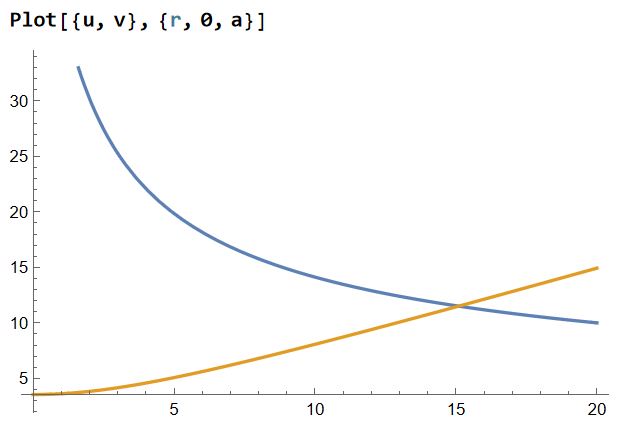Using Mathematica to differentiate the exterior potential — after first verifying that it satisfies Laplace’s equation — I found that at the surface, where
$$z^2 = (1-e^2)(a^2-r^2),$$
the exact components of the gravitational force simplify to
$$F_r\big|_\text{surface} = -C_r\,\frac{r}{a}\,\frac{GMm}{a^2}$$
$$F_z\big|_\text{surface} = \mp C_z\,\frac{\sqrt{a^2-r^2}}{a}\,\frac{GMm}{a^2},$$
where $C_r$ and $C_z$ are dimensionless constants that depend on the eccentricity $e$ of the oblate spheroid:
$$C_r = \frac32 \frac{\sin^{-1}e-e\sqrt{1-e^2}}{e^3} = 1 + \frac{3}{10}e^2+O(e^4)$$
$$C_z = 3\,\frac{e-\sqrt{1-e^2}\sin^{-1}e}{e^3} = 1 + \frac25e^2+O(e^4).$$
Note that $r\equiv\sqrt{x^2+y^2}$ is the cylindrical radial coordinate.
In the formula for $F_z$, the negative sign is for the upper half (i.e., $z>0$) of the spheroid and the positive sign is for the lower half.
No approximations were involved in this calculation. The point of the series expansions is to show that the expected result follows in the spherical case when $e=0$.
In the opposite limit $e\to 1$, one has $C_r \to 3\pi/4$ and $C_z \to 3$.
I have no idea whether these results for the surface gravity are previously known, but I'd guess that they have been published somewhere.
The following graph shows the dependence of these constants on the eccentricity. The blue curve is $C_r$ and the gold curve is $C_z$.

I've expressed both $F_r$ and $F_z$ at the surface in terms of the radial coordinate $r$. But one could just as well express them in terms of $z$ (or a polar angle $\theta$).
If one uses the equation for the surface to express $F_z$ there in terms of $z$ instead of $r$, one finds that $F_z$ is simply proportional to $z$, in the same way that $F_r$ is proportional to $r$.
At first I was surprised by the fact that such a complicated external potential gives rise to simple linear relations for the surface force components. However, once I looked at the internal potential, I realized that it's obvious!
As the Hofmeister paper mentions, the internal potential is much simpler: $B$ is just a constant inside! (It's equal to $\sin^{-1}e$.) This means that the internal potential is simply quadratic in both $r$ and $z$, so the internal force components are linear.
The gravitational force does not change discontinuously as one goes from outside to inside. (For proof, walk down to your basement. Do you feel a discontinuity in gravity? A spheroidal shell would cause a discontinuity.) Therefore to compute the surface gravity one can use the much simpler interior potential. This way is so simple that you can do it by hand rather than using a computer algebra system.
As a visualization of an oblate spheroid’s gravity, the following image shows the contour lines of the potential — both interior and exterior — and the vectors for surface gravity, for a spheroid with eccentricity 0.9:

The white ellipse is the surface of the spheroid. The vertical white line is an artifact of not taking sufficient care when evaluating the potential on the $z$-axis.
Note that the force vectors are orthogonal to the equipotential surfaces, not to the surface of the spheroid. And note that in general they don't point toward the center of the spheroid.





